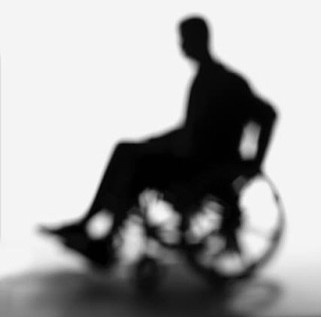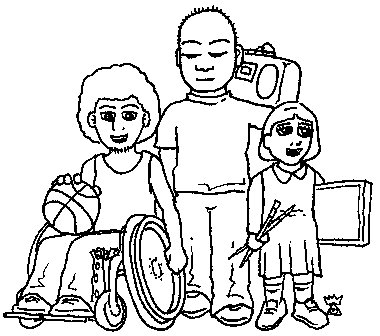
This week we talked about many different aspects of sexual orientation. This week, I happened to watch the movie "Big Daddy." I noticed that two male characters in the film were gay and were in a relationship with each other. In the earlier part of the film, they kiss, and one of the other characters says something about, "not being used to seeing them do that," because this man and the two kissing had been friends their whole lives and just they just recently both came out about being gay. After he said this, Adam Sandler's character said, "Well that's what gay people do, it's not that big of a deal." I thought it was interesting how the movie put in two different perspectives that straight people have towards gays or lesbians. I thought that the man who was not "used" to seeing them kissing might have a little bit of homophobia in accompaniment with his stereotypes, because he stereotypes his whole life that these men were not gay because of the gender roles that they followed most of their lives.

Talking about the conflict between same-sex marriage and the legal system in class was very interesting. I do not think that same-sex marriage is acceptable, however, I do not feel that I have the right to tell anyone else who they can or cannot love, or that they can or cannot get married for any reason. I have no right to judge anyone for loving someone that I may not approve of. For people to vote "no" on issues like same-sex marriage being legalized is very saddening to me, because none of those people have the right to tell anyone else how to live his or her life. And they certainly do not have the right to tell them that they cannot get married. Regardless if someone is heterosexual or homosexual, that does not mean that their rights of marriage should be taken away.
The movie we watched in class, "But I'm a Cheerleader", I think made a good example of how ridiculous it is to treat people who are homosexual like they have a emotional problem that can be fixed with therapy. It shed a comedic light on an issue that many people do not find funny at all, especially if they are dealing with a family or friends who do not support them when they "come out of the closet."
Overall, there are many issues with homosexuality that still need to be address, especially in the legal system. People are being deprived of their rights for personal reasons.



